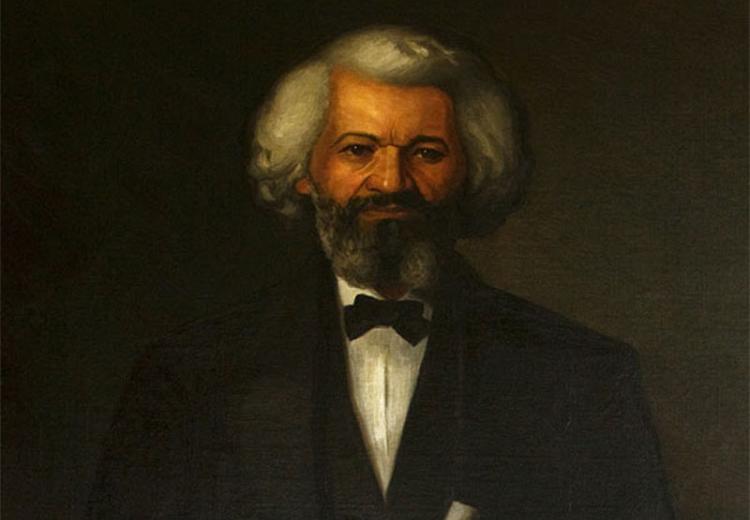Lesson 2: The Battle Over Reconstruction: The Politics of Reconstruction

Abolitionist Frederick Douglass was one of many who expected President Andrew Johnson to be firm with the occupied South, only to be disappointed by the President's actual policies.
Resources that rely on Adobe Flash Player are no longer supported.
This lesson plan will explore the clashes between the Radical Republicans in Congress and Presidents Lincoln and Johnson during the battles over direction of Reconstruction policy. It will also examine how these contentious divisions led to the impeachment of President Andrew Johnson.
These were the serious matters before the government of the United States upon the close of the Civil War. Resolving them would be complicated by every imaginable contingency. Understanding the history of this period requires careful attention to the words, deeds, and motives of its major participants. This lesson will propose a path to coming to that understanding, but it must be understood as only a beginning. You can find more resources to supplement this lesson at our Smithsonian Learning Lab collection on the Reconstruction Era.
Guiding Questions
What were the leading differences between Presidents Lincoln and Johnson, and the Radical Republicans in Congress when it came to Reconstruction?
Which of the leaders had the best and most realistic understanding of what was needed?
What is the legacy of Reconstruction in U.S. history?
Learning Objectives
Describe the constitutional claims of both the President and the Congress (in the generic rather than specific sense) for controlling Reconstruction policy.
Give a general accounting of the differences between some of the leading representatives in Congress and both Presidents Lincoln and Johnson.
Distinguish between the purposes of Johnson and Lincoln in advocating a stronger executive role.
Explain how the divisions between President Johnson and the Congress eventually led to his impeachment.
Distinguish between the main and competing visions for Reconstruction as they began to emerge at the end of the Civil War.
Distinguish the central and driving ideas at work in original documents surrounding Reconstruction and discuss their impact on events.
